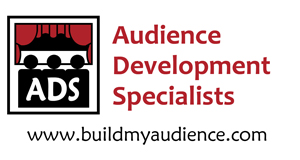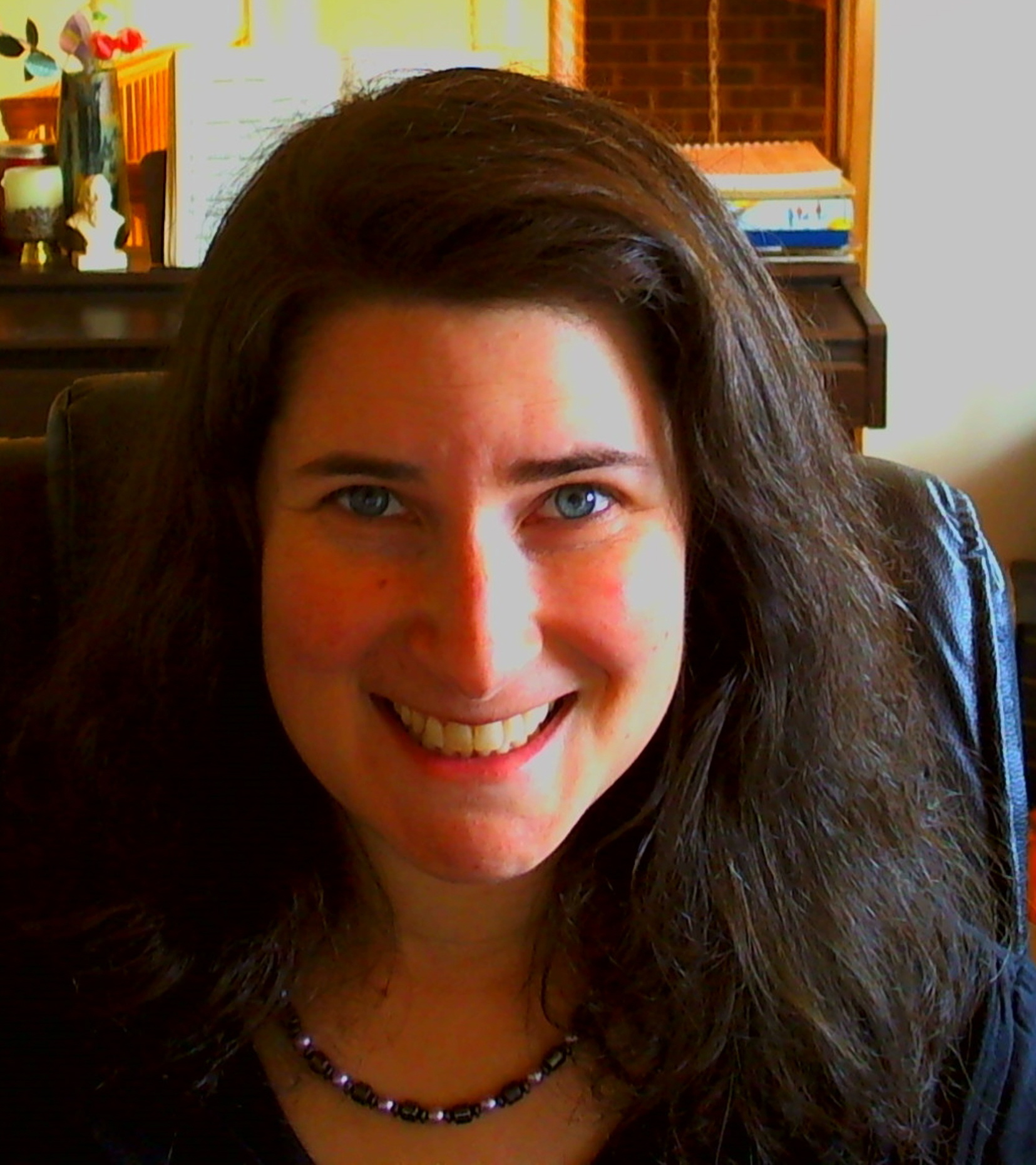Today I came across this article:
Fund for the Arts ponders new ways, director in post-Allan Cowen era
It was a very open and honest article about mistakes that have been made and the consequences that resulted from these mistakes. If arts organizations want to not only survive, but thrive, we need to point out these mistakes and begin a new direction for implementing the solutions that are as plain as day. Yes, we need to implement, not just identify.
I have decided to scan the article mentioned above to highlight the mistakes and lessons to be learned:
Lesson 1
The Fund for the Arts began the post-Allan Cowen era Tuesday with calls for more transparency, an allocation process that involves more local organizations, and better communication among board members and with the community.
This was the very first thought from this article. More transparency. The public needs to know what is going on. What money is needed, where the money is going, how the money donated is working, how the organization is running – transparency will open the door to old and new supporters and a more efficiently run organization. As far as the “allocation process that involves more local organization,” to me this means opening the doors to new partnerships and supporters as well.
Lesson 2
“We need to revisit the mission and breadth of the organization,” said James R. Allen, chairman and CEO of J.J.B. Hilliard, W.L. Lyons Inc. and chairman of the fund’s 2011 campaign.
Every organization needs to take the time to reevaluate and revisit their mission and the essence of their organization. Is the mission still true today? Is it needed? Do changes need to be made? Is the organization still needed? How can it function better? The answers will give you a clue as to what is and isn’t working to date and what actions need to be taken next.
Lesson 3
“We need to reassess ourselves,” added Angela Leet, owner of Chamberlin Enterprises. “Do bigger and better things for our community.”
I would only assess this lesson if in Lesson 2 you found to still be a necessary organization with a necessary mission. When you get to this point, it may not be a matter of doing bigger and better things for your community, although that is always something to strive for, but it may be a matter of simply doing things for your community. Are you benefiting your community? In what ways? Can you document how you benefit your community? Spend a little time not only reassessing, but defining and documenting. Then, strive for more.
Lesson 4
“It can’t be all talk and no action,” said Murphy.
This is where many artists and arts organizations can get into trouble. All talk and no action. I see campaigns and marketing strategies to help the public to perceive your organization in a better light, but if you do not supply the actions to back these statements up, you are going to look even worse than where you started from. Not only show your plans for the future, but highlight the steps that are taken to show that you mean business, that you are taking action.
Lesson 5
“Before we can move forward with the strategic plan, we really need to talk to the community as a whole — from the individual who gives $2 a pay period to the folks who write checks for thousands of dollars each year,” he said.
Communicating with all of your supporters is extremely important. If you have not thanked all of your donors and communicated with them regularly, you will see a decline in support in the near future. Before attempting to make future plans for more fundraising and finding more donors, you need to finish off the last cycle of fundraising by connecting with your current supporters.
Lesson 6
He said raising more money and being more inclusive will definitely be part of the board’s plans.“If we don’t make the pie bigger it doesn’t really help anybody much more,” he said. “The pie has to be bigger.”
This is the flip side of Lesson 5. Yes, do thank your existing donors and supporters, but you still need to look beyond existing to potential. The pie needs to be bigger with more funds which means more donors and supporters. You cannot keep relying on the same people year after year. You will end up burning them out with no one to take their place.
The article did mention about other arts organizations that were deeply in debt, in bankruptcy or with plans of closing their doors. I wish they had learned these lessons before it was too late. I hope you do too!
Cheers to happy and loyal audiences,
Shoshana
Shoshana Fanizza
Audience Development Specialists
https://www.buildmyaudience.com
“Never treat your audience as customers, always as partners.”
~James Stewart
Contact us for more information!




